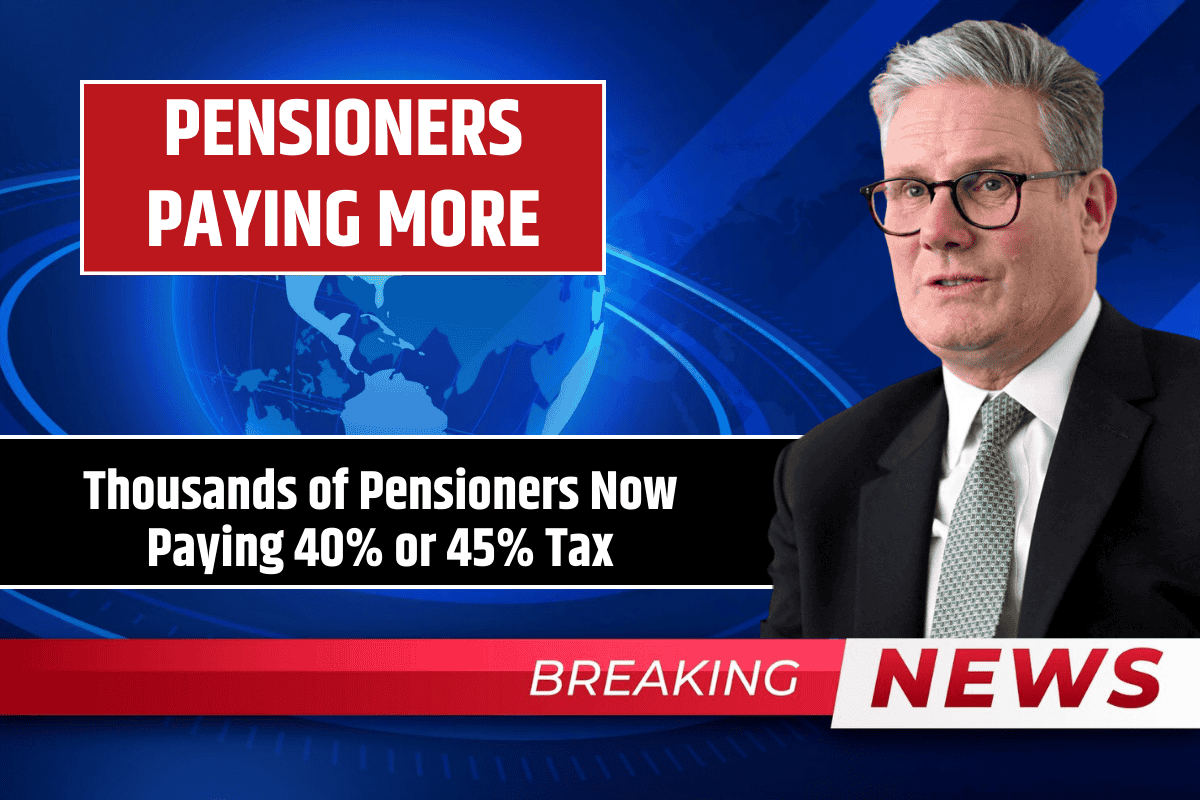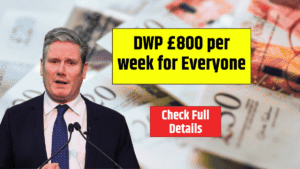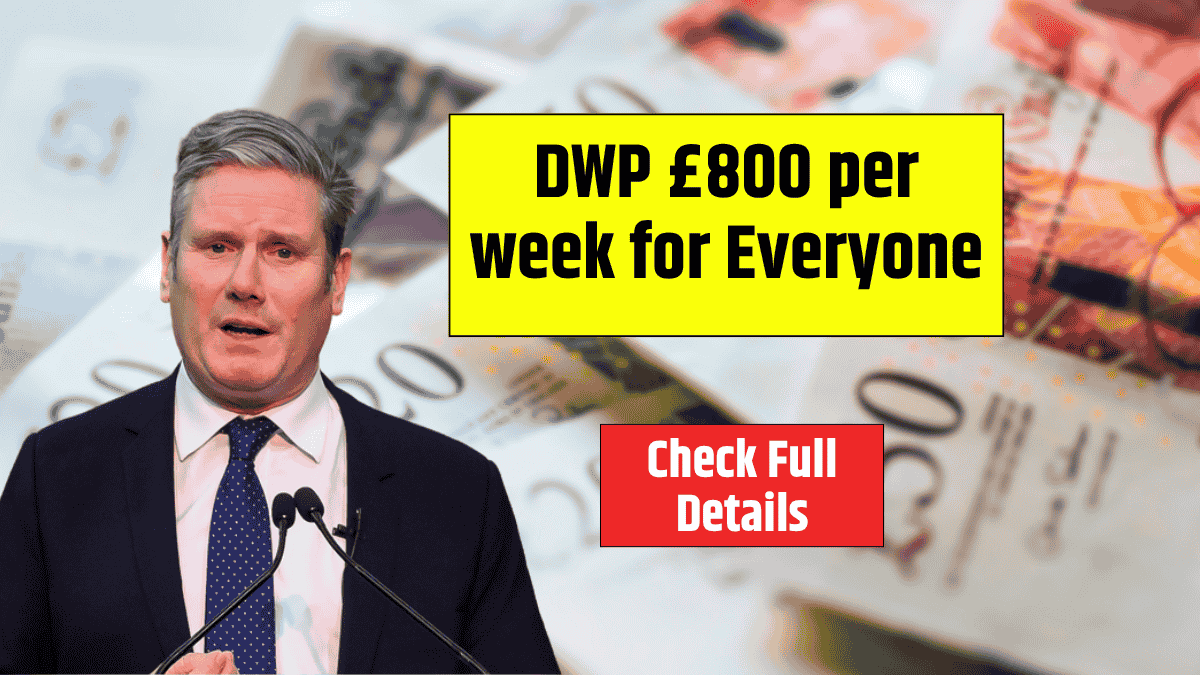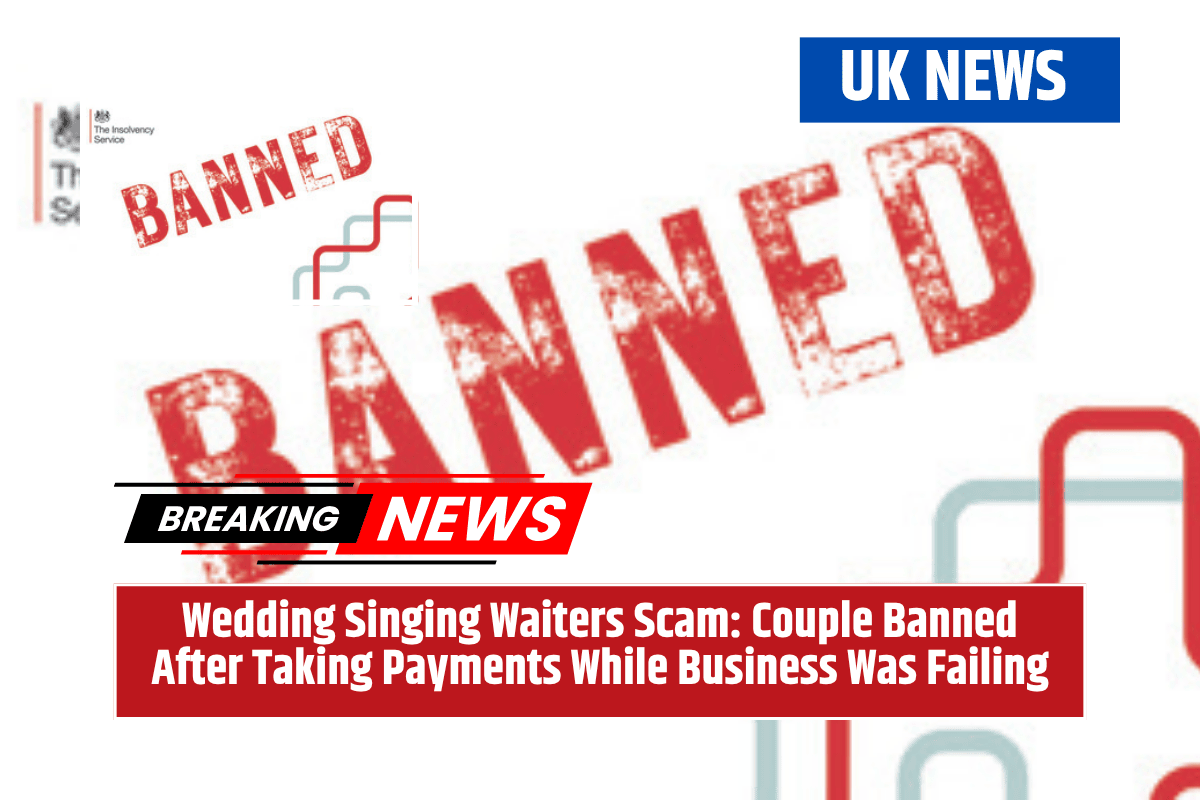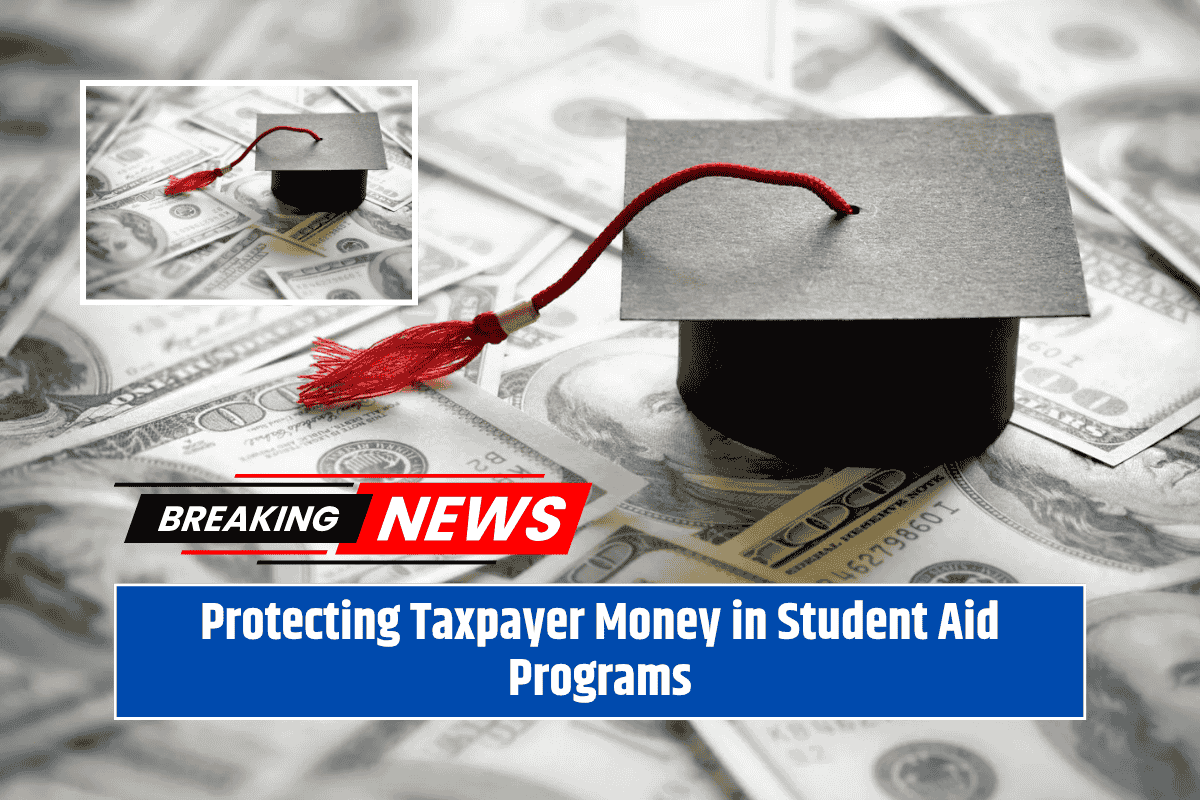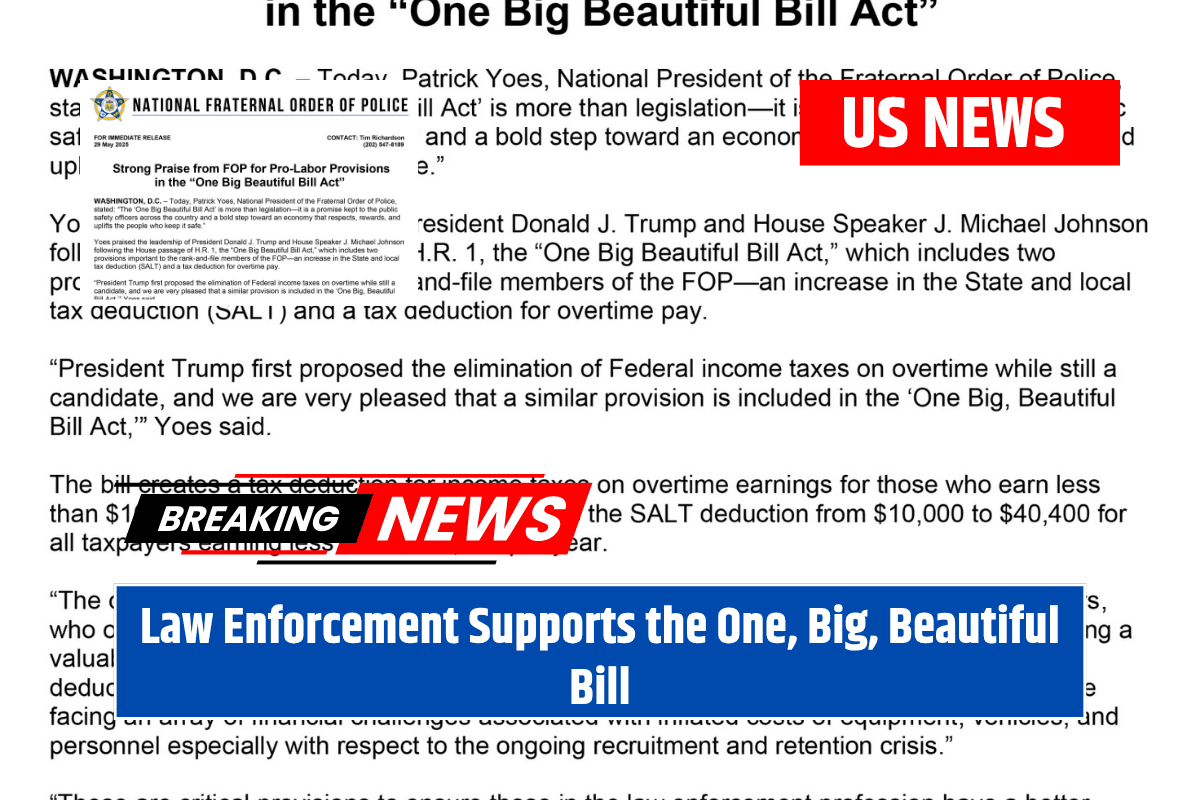A rising number of pensioners in the UK are now falling into higher income tax brackets. New figures show that over one million retirees are paying 40% or even 45% tax, a number that has doubled in the last four years, according to data shared by HMRC after a Freedom of Information request by pensions consultancy LCP.
This increase is largely due to the government’s decision to freeze the personal allowance threshold, which has not risen in line with inflation or income growth. As a result, more pensioners are now being pushed into higher tax bands, even though their income hasn’t changed much.
What Is the Personal Allowance Threshold?
The personal allowance threshold is the amount of income a person can earn before they start paying income tax. For the current tax year, it stands at £12,570.
Here’s how the income tax works:
- Up to £12,570 – No income tax
- £12,571 to £50,270 – 20% basic rate tax
- £50,271 to £125,140 – 40% higher rate tax
- Over £125,140 – 45% additional rate tax
Because the personal allowance has been frozen, more people are earning over the thresholds, especially those relying on multiple pension sources or investments.
How This Affects Savings and Investments
Jumping into a higher tax band doesn’t just mean paying more tax on your pension income. It also reduces how much tax-free interest and investment income you can earn:
- Basic rate taxpayers can earn £1,000 in savings interest tax-free.
- Higher rate taxpayers get only £500.
- Additional rate taxpayers get no tax-free savings allowance.
If you’re earning dividends from investments:
- Basic rate: taxed at 8.75%
- Higher rate: taxed at 33.75%
- Additional rate: taxed at 39.35%
That means pensioners with annuities, buy-to-let property income, or savings outside of ISAs may see their tax bills increase sharply as they move up the tax brackets.
The “Triple Whammy” of Higher Taxes
Former Pensions Minister Steve Webb called the situation a “triple whammy” for pensioners. Not only are more of them paying income tax, but they are also:
- Losing part or all of their personal savings allowance
- Paying more tax on investment income and capital gains
He added that this is becoming a serious issue because the state pension alone is now close to £11,973 a year. This means that pensioners with only modest extra income can easily be pushed into higher tax brackets — without increasing their pension withdrawals.
Comfortable Retirement Now Close to Tax Cliff Edge
According to the latest Retirement Living Standards report, a single person needs £43,100 per year for a comfortable retirement. This amount is just under the higher rate tax threshold, which means that even living a modestly comfortable life in retirement could soon come with a 40% tax bill on part of your income.
More than a million UK pensioners are now paying higher tax rates due to the frozen personal allowance. This has quietly pushed many retirees into paying 40% or 45% income tax, even without any major increase in their income. Not only does this reduce their take-home pension, but it also impacts taxes on savings and investments — leading to a financial squeeze many did not expect in retirement. With living costs and lifestyle needs rising, more pensioners could face these tax challenges in the years ahead.
FAQs
Why are more pensioners paying 40% or 45% tax?
The personal allowance threshold has been frozen for several years, which means more pensioners are being pushed into higher tax brackets as their income rises slightly or stays the same, especially when including pensions, savings, or investment income.
What is the current personal allowance in the UK?
The personal allowance is £12,570. This is the amount you can earn before you start paying income tax. Income over this is taxed at 20%, 40%, or 45%, depending on how much you earn.
Does the state pension count as taxable income?
Yes, your state pension is considered taxable income. If your total income from all sources, including the state pension, goes over the personal allowance, you will pay tax.
How does higher tax affect savings and investments?
At higher tax rates, your personal savings allowance drops. Basic rate taxpayers get £1,000 tax-free interest, higher rate taxpayers get £500, and additional rate taxpayers get none. Dividend tax rates also increase.
What can pensioners do to reduce their tax burden?
Pensioners can use ISAs for tax-free savings, manage pension withdrawals carefully, and consult a financial advisor to avoid moving into higher tax bands unnecessarily.

